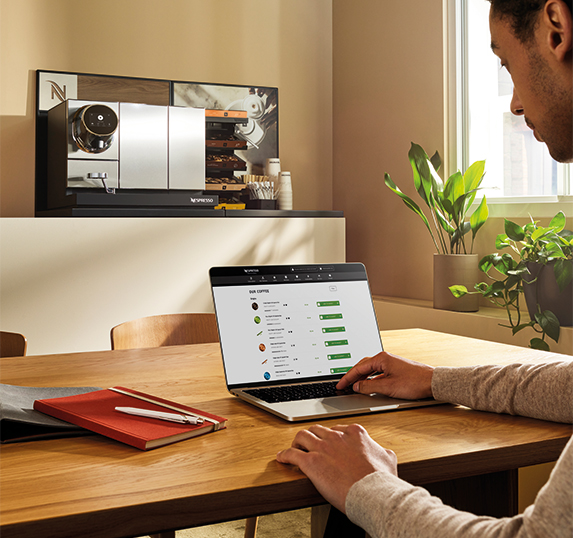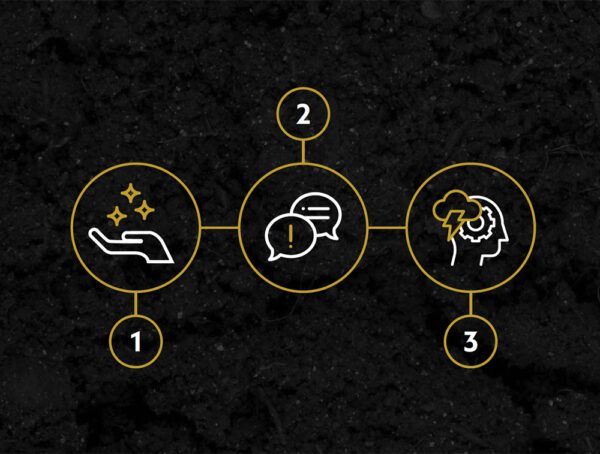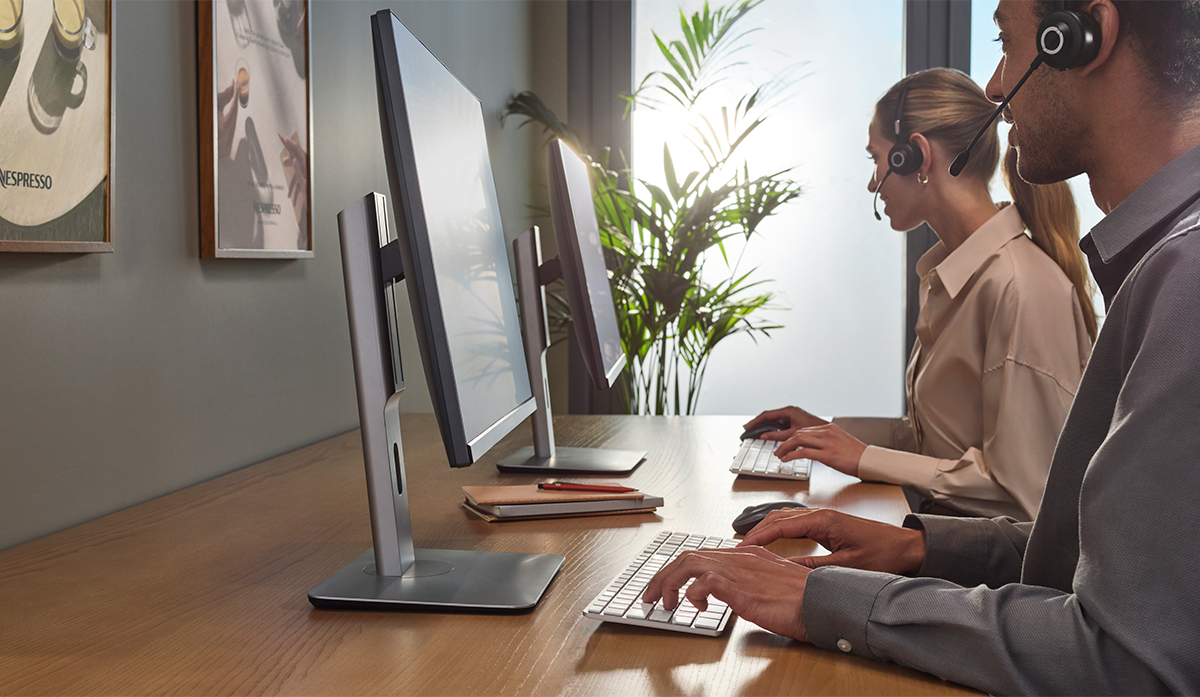HOW TO CREATE A RESILIENT WORKING CULTURE

CONTENTS

Build personal resilience at home & at work

Create resilient teams at work

Create a workspace that drives resilience
Whether it’s at home or in a professional capacity, situations arise that we can find difficult and challenging. We’d probably prefer they didn’t happen at all, but unfortunately, certain things are an inevitable part of life. So why do some people seem to navigate these issues with relative ease, while others feel deeply affected?
The answer is resilience
The 5 key elements of resilience are energy, future focus, inner drive, flexible thinking and strong relationships
To help you assess these qualities in both you and your team, we’ve put together a simple quiz and a handy guide with some tips on how you can identify, build and measure resilience.
BUILD PERSONAL RESILIENCE
Η ανθεκτικότητα δεν αφορά μόνο την ικανότητα να ανακάμψει κανείς
Resilience is not just about being able to bounce back from physical challenges, it’s about having mental strength too. One of the biggest issues we face in today’s busy world is maintaining good health. From stress and depression to anxiety and panic attacks, there is a multitude of life events that can impact our mental health, and it’s important to have the resilience to help overcome them.
On a professional level, mental health issues can hugely affect our ability to work and keep a business operating. When mental health challenges arise, it can be difficult to concentrate, harder to deal with time pressures, and interactions with others can become a struggle. So, here’s a few tips to improve your mental health and resilience…
TIP 1:
BELIEVE IN YOURSELF
Create a list of your strengths and accomplishments, as research has demonstrated that your self-esteem plays an important role in coping with stress and recovering from difficult events.Try to write down at least one thing that you’re proud of each day. This can be personal or professional, recent or historical. When you’re feeling low, read through to remind yourself of the things you’ve achieved.


TIP 2:
EMBRACE CHANGE
According to Harvard Business School, to get better at dealing with change you should remind yourself of what’s important to you, try to separate your feelings, fears and frustrations from the problem at hand and look for practical advice on what to do next. When you start to feel stressed, ask yourself what your stress is trying to help you accomplish. Stress can be a good thing – if you choose to see it that way.
TIP 3:
BUILD RELATIONSHIPS
Find time each day to connect with a loved one, as strong ties to family, friends and co-workers can help you find the social and emotional support you need to bounce back from setbacks or disappointments. If it’s not each day, try to check in at least once a week with someone you care about.

TIP 4:
PRACTICE MINDFULNESS
When you don’t manage your feelings, they can cloud your judgement. To overcome this, practices mindfulness as it allows you to develop the inner resources required to help you navigate through difficult, trying and stressful situations with more ease. Start with the one minute meditation. Find a quiet place and focus your attention on your breath. If your mind wanders (as it probably will), bring your concentration back to your breath.
TIP 5:
GET A GOOD NIGHT’S REST
Getting a good night’s sleep can change the way youreact to stress – and it’s even been found to help with job performance.
So, try to keep regular sleeping hours by unwinding before you go to bed, whether that’s relaxation exercises, reading a book or avoiding electronic devices for an hour or so before you go to bed.
CREATE RESILIENT TEAMS AT WORK
Just like personal resilience, team resilience is the capacity of a group of people to respond to change and disruption in a flexible and innovative manner. If you’re unsure if your teams have the capability to overcome challenges, then bear in mind these factors, which may illustrate low resilience. Is your sick level high among employees? Are you noticing increased levels of conflict? What about future planning – are your employees proactive? Is morale and productivity low? If you have noticed any of these indicators, then it may be time to start engaging with your team and working on improvements.
Team resilience is so essential to businesses that there’s actually a methodology and approach that can help you improve your capabilities. The system is called ‘the 7 C’s of team resilience’ and we’ve written up a simplified version for you to start using straight away…


CULTURE
Ensure your team has a shared identity, purpose and values to unite them as one.

COMPETENCE
Make sure your team have the right skills to meet demands during periods of high stress with training and support.

CONNECTIONS
Encourage your team members to get to know each other and build strong relationships.

COMMITMENT
Align your team behind a shared mission and ensure that they demonstrate respect and loyalty to colleagues.

COMMUNICATION
It’s essential to keep all your employees up to date and encourage questioning, critical thinking, and dialogue.

COORDINATION
Ensure your people and teams are synchronised and goals are well-aligned across the organisation.

CONSIDERATION
Introduce widespread opportunities for employees to express their gratitude and appreciation for each other.

CREATE A WORKPLACE THAT DRIVES RESILIENCE
So far, we’ve discussed how to build your own personal resilience, and how to nurture these characteristics in your workforce. But, how can you continue to remain resilient in this ever-changing world? The answer is with the right environment. Although the workspace may not play a direct role in improving resilience, it can have a significant impact on our happiness.


SLO-WORKING
Given the propensity for today’s workforce to burnout, working techniques are being developed which will become commonplace in the future. One of these is the process of slo-working. This is an approach which encourages employees to decelerate their working pace and take time to pause and socialise with colleagues


BIOPHILIC WORKPLACES
A recent report found that the introduction of natural elements in the workplace led to a decrease in employees’ levels of mental fatigue. So, consider including vibrant colours, plant life, and materials like wood and stone in your workspace.



VIRTUAL MEET-UPS
Although they may only enter your workspace infrequently, mobile workers need consideration too. Start by implementing regular conference calls and catch-ups to keep them ‘in the loop’. Ensure you include them in planning meetings and discussions (especially creative tasks). And importantly, regularly reiterate how important it is for them to take breaks and use the slo-working techniques.
MAXIMISE MEANINGFUL MOMENTS
Resilience and your ability to bounce back is based on many factors including minimising the risk of burnout, and taking regular breaks. It involves building meaningful relationships and taking the time to unwind with colleagues.
At Nespresso© Professional, we understand the importance of these interactions,which is why we have spent so long creating the perfect cup of coffee. Whether you’re having a difficult workplace conversation or looking to collaborateon a particular task, make everyone feel more at ease by coming together to enjoy a refreshing coffee moment.
To find out more about our coffee point bundle offers, contact us at
210 67 11 007

